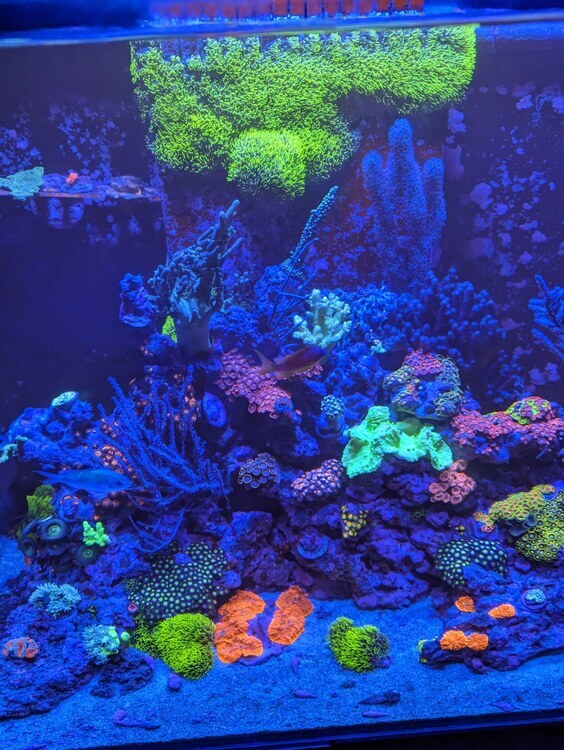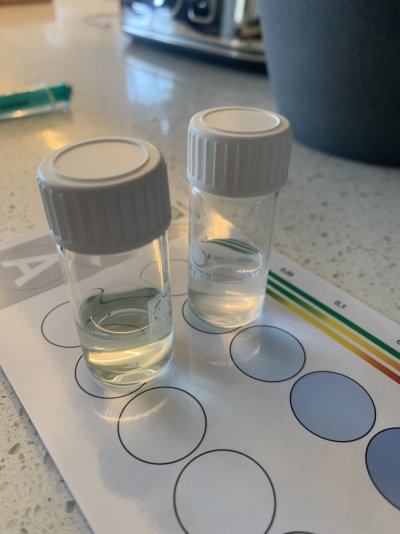Here’s the actual post for pure scrutiny. Any method should be able to withstand good scrutiny.

whether we can attribute that to phosphate from the rinse step, tbd but it is in all fair disclosure someone who is not happy at the outcome. We didn’t kill anything, but he got cyano and says before the rip clean was no problem.
also agreed in that post, he sure as heck did his tap rinse correctly he spent hours rinsing it to absolute perfection. I didn’t make any alterations to sand rinse thread because it’s a 1:52 pages event but nonetheless it’s someone who didn’t like it, laid bare. Sometimes we poke around in discovery questions and find old RO filters leaking past, all kinds of variables, that tank is pretty well tightly controlled though. If there was a strong case for phosphate contact it’s that above Randy.

murphs_reef 92G - retired, thanks guys
www.nano-reef.com
whether we can attribute that to phosphate from the rinse step, tbd but it is in all fair disclosure someone who is not happy at the outcome. We didn’t kill anything, but he got cyano and says before the rip clean was no problem.
also agreed in that post, he sure as heck did his tap rinse correctly he spent hours rinsing it to absolute perfection. I didn’t make any alterations to sand rinse thread because it’s a 1:52 pages event but nonetheless it’s someone who didn’t like it, laid bare. Sometimes we poke around in discovery questions and find old RO filters leaking past, all kinds of variables, that tank is pretty well tightly controlled though. If there was a strong case for phosphate contact it’s that above Randy.



















